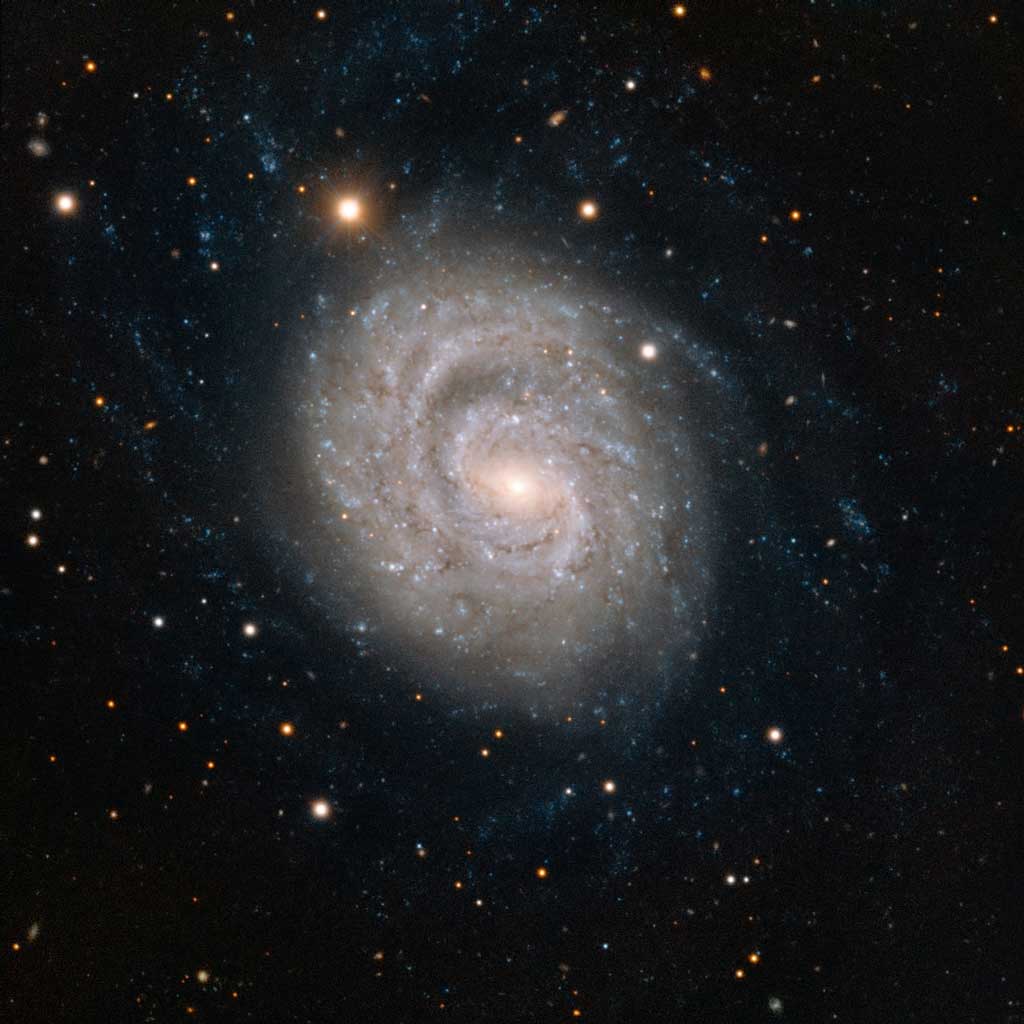Supernovae are among the most violent events in nature. They mark the dazzling deaths of stars and can outshine the combined light of the billions of stars in their host galaxies.
In 1999, the Lick Observatory in California reported the discovery of a new supernova in the spiral galaxy NGC 1637. It was spotted using a telescope that had been specially built to search for these rare, but important cosmic objects. Scientists requested follow-up observations so that they could confirm the discovery and study it further. This supernova was widely observed and was given the name SN 1999em. After its spectacular explosion in 1999, scientists carefully tracked the supernova’s brightness, showing its relatively gentle fading through the years.
The star that became SN 1999em was massive — more than eight times the mass of the Sun — before its death. At the end of its life, its core collapsed, which then created a cataclysmic explosion.
When they were making follow-up observations of SN 1999em, astronomers took many pictures of this object with the VLT, which were combined to provide us with this clear image of its host galaxy, NGC 1637. The spiral structure shows up in this image as a distinct pattern of bluish trails of young stars, glowing gas clouds, and obscuring dust lanes.
Although at first glance NGC 1637 appears to be a fairly symmetrical object, it has some interesting features. It is what astronomers classify as a lopsided spiral galaxy: The relatively loosely wound spiral arm at the top left of the nucleus stretches around it much further than the more compact and shorter arm at the bottom right, which appears dramatically slashed midway through its course.
Elsewhere in the image, the view is scattered with much closer stars and more distant galaxies that happen to lie in the same direction.










